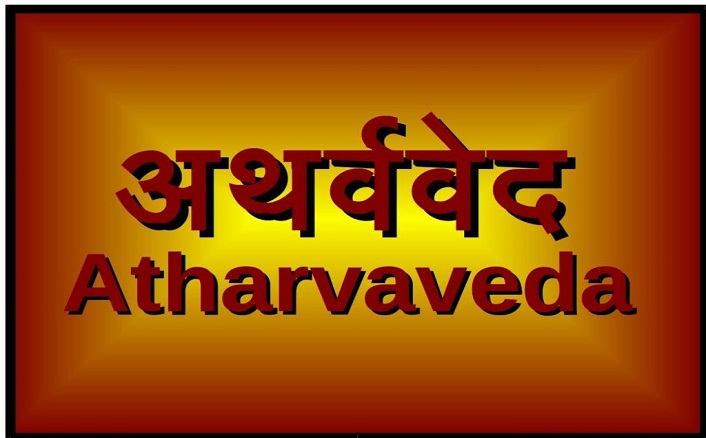

She performs Vratas (vows) She is the chaste and dearest wife of The Devî Sasthî is the Presiding Deity of infants andĬhildren She is the Mâyâ of Visnu and She bestows sons to all. Nârâyana said :- O Child! The sixth part of Prakriti is named as Now I want to hear the lives of them.” 4-22. Nârada said :-“O Lord! Sasthî, Mangalâ Chandî, and Manasâ, are the parts of Prakriti.

The Devi Bhagavatam contains separate section in it that describes her Mantra, Stotra and also gives the story of how her worship commenced on the earth. In Bengal, many mothers fast during the Shasti Vrata for ensuring protection and general well-being of their children. She is Devasena-the consort of Lord Karthikeya. Their thoughts related to philosophical, social, educational, political, agricultural, scientific and medical matters are found in this Samhita.The presiding deity of children is said to be Goddess Shasti. It reflects the life of the Vedic people.

So, the Atharvaveda is an encyclopedia of many subjects. Here some Important and famous Suktas of Atharvaveda are listed to have a general view its subject: Related to the nature of Supreme Reality, time, death and immortality.īloomfield has divided the subject of Atharvaveda into many categories, such as Bhashijya, Paushtika, Prayashctta, Rajakarma, Strikarma,Darshana, Kuntapa etc. Related to establish peace, protection, health, wealth, friendship and long life.

Related to the cure of diseases and destruction of adverse forces. It contains numerous Mantras, which according to their subject-matter, can be broadly divided into three categories: 1. The Atharvaveda is looked upon as the Veda of varied knowledge. Thus, it appears to be an interesting text for a general reader of the Vedic literature. Vedic commentator Sayana has praised this for fulfilling both ends – this world and the other world. Therefore, the study of the philosophical ideas, revealed in the Atharvaveda, is important to understand the development of Indian Philosophical thought.Ītharvaveda is the only Veda which is related to both worldly happiness and spiritual knowledge. The chief ideas of the Upanishads, the conception of a highest god as creator and preserver of the world ( Prajapati), and even the ideas of an impersonal creative principle, besides a number of philosophical terms such as Brahman, Tapas, Asat, Prana, Manas must have been the common property of large circles – at the time when these hymns originated. Philosophical portions of this Samhita present a fairly high development of metaphysical thought. This feature distinguishes the Atharvaveda from the rest of the Vedas. We find mention and application of medicines and medicinal herbs. Another class of hymns includes prayers for protection from the bite of snakes or injurious insects.
#Atharva veda mantras series
There are a series of Mantras related to cure various physical and mental diseases. It is believed to be the origin of Ayurveda, the Indian science of medicine. The Atharvaveda is the oldest literary monument of Indian medicine. Due to his association, the Atharvaveda is also named ‘ Brahmaveda‘, the Veda of Brahma priest. In sacrificial ceremonies he was supposed to know all the three Vedas, but usually he used to represent the Atharvaveda. Some traditions prescribe that this Veda should be known as Brahma Ritvik who used to supervise the process of Yaga or sacrifice. About one sixth of the text of the Atharvaveda including two entire books (15 and 16) is written in prose, similar in style and language to the Brahmanas, the rest of the text is in poetic verses. Some 1200 verses are derived from the Rigveda. It is a collection of 730 hymns containing 5987 Mantras, divided into 20 books ( Kandas). It is the Shaunaka-Samhita that is frequently meant when the Atharvaveda is mentioned in ancient and modern literature. Angiras too were a group of schools and priests.Īccording to Patanjali, Atharvaveda had nine Shakhas, but the Samhita of the Atharvaveda is today available only in two rescensions – the Shaunaka and the Paippalada. The oldest name, however, by which this Veda is known in Indian literature is ‘Atharvangirasa-Veda’, that is the ‘Veda of the Atharvans and the Angiras’. ‘ Atharvan‘ originally means ‘priest’ and the Mantras in the Atharvaveda-Samhita were brought to light by Rishi Atharva.Īccording to the etymology of the Nirukta, Atharvan is the name given to a stable-minded person who is immovably firm i.e., Yogi. Atharvan denotes directions and mantras especially in connection to ward off evil and hardship and also contains philosophical thoughts. The Veda of the Atharvanis the Atharvaveda. Kerala School of Astronomy and MathematicsĪtharvaveda Samhitas A.Continuity of oral and textual traditions of the Vedas.


 0 kommentar(er)
0 kommentar(er)
